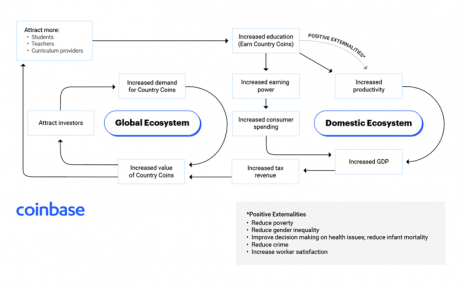A Happy New Year to all of you, readers.
It’s good to be back in your inbox after the holiday break. It feels a little strange given the events of the past 24 hours. But a pandemic doesn’t stop for a political news cycle, however bleak. In fact, it’s inextricably linked to the decisions of our leaders.
I don’t just mean political leaders, though they play a critical role which they’ve often bungled, including with the current pace of COVID vaccine distribution. We’re beginning to see the last mile problems, the ultimate delivery of a product to a person, which come with such an ambitious vaccination campaign.
Earlier today, the American Hospital Association (AHA) put it bluntly in a letter to Health and Human Services Secretary Alex Azar: “There was great celebration in America’s hospitals and health systems last month as we administered the first vaccines to our courageous clinical staff who have been working to save the lives of COVID-19 patients. But the slow pace of the vaccine rollout has led to concern about whether the task of vaccinating all who are able to take the vaccine will happen as quickly as federal leaders have suggested it would.”
There are plenty of problems that led to this moment, and I’ll have a more wide-ranging report in the coming days. But here’s just a sampling of the issues: How do you ensure there are enough available syringes and glass vials to distribute the vaccine? That’s one problem that could be solved by the Defense Production Act (DPA), which can mobilize firms to manufacture essential components. Trump administration officials have previously stated that the DPA is already being deployed.
Then there’s the logistical question of which vaccine someone may actually receive, and how the records of those vaccines are kept. Pfizer and BioNTech’s COVID vaccine has one set of requirements. Moderna’s vaccine has another, with less stringent cooling requirements.
That’s a massive factor in how these vaccines will be distributed. For instance, would a rural health system be shipped the Moderna vaccine rather than Pfizer’s, whereas larger health systems get the latter due to their operational capacity? And how exactly are electronic health record vendors and logistics firms ensuring that things don’t break along the supply chain?
Much more on this soon. Read on for the day’s news, and see you next week.
Sy Mukherjee
[email protected]
@the_sy_guy





